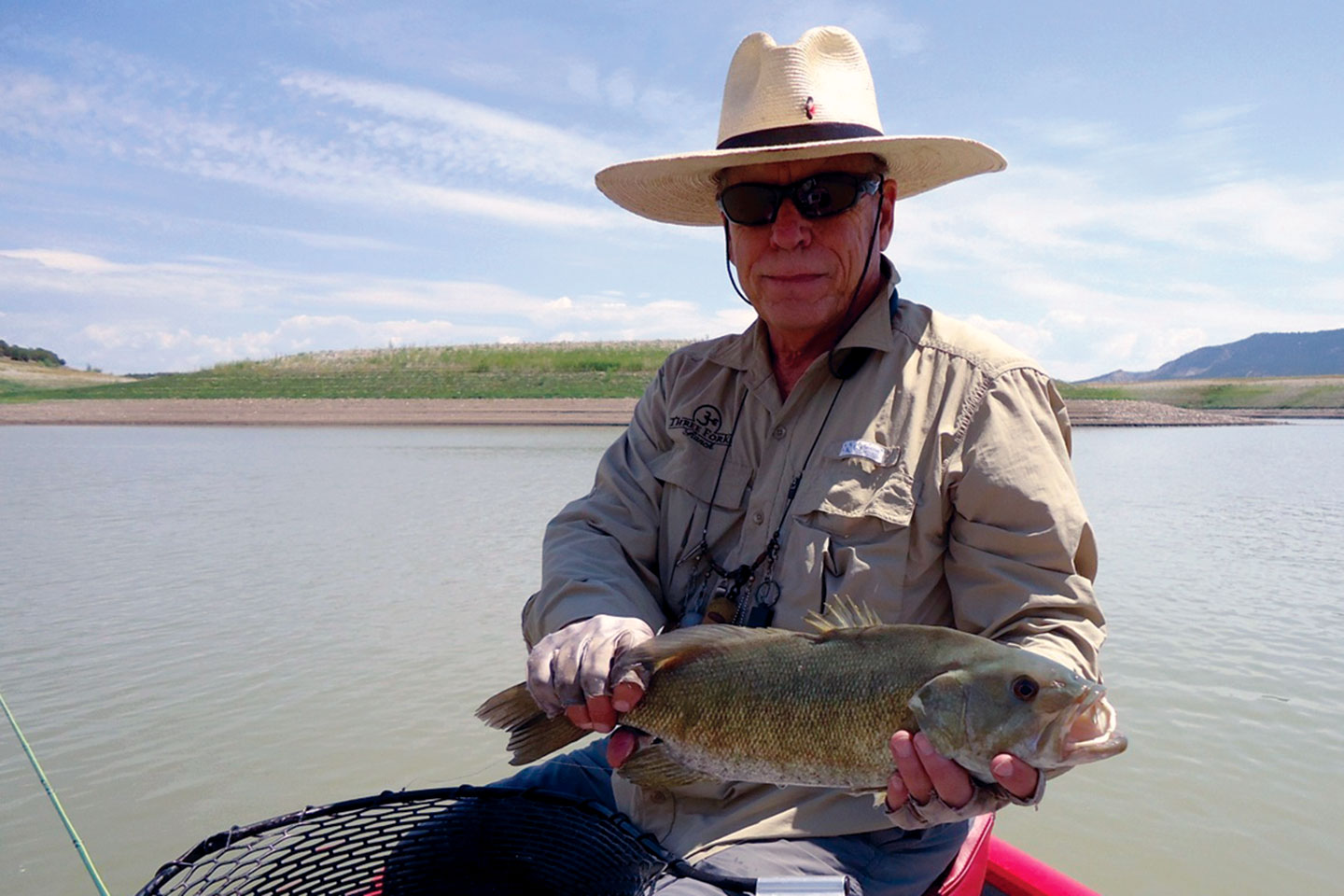I recently told one of my Durango fly fishing buddies that SWMBO and I were headed to Phoenix for a little R & R, and fly fishing in the Arizona Canal for carp. My fishing friend asked if I was in need of some type of 12-step program. I reminded him that I would cast a fly into a dry-stream/bio-swale if it had a trickle of water in it. He dropped his offer to help.
So, you don’t think I am in need of some type of physiological fly fishing help, using the always reliable Wikipedia I did some research on fly fishing in the Phoenix Metropolitan Area. I found the Arizona Canal was constructed between 1883 and 1885. It is 50 miles long, 80 feet from bank to bank, 24 feet wide at the bottom, and is 16.5 feet deep. The canal was originally constructed to irrigate crops. However, over the years, along with crop irrigation, real estate developers used the attraction of a waterway to build houses, hotels, shopping centers, and a great asphalt trail. The trail is very similar to the Animas River Trail.
With this much water to choose from there are two ways to decide where the best place to cast your fly is. A fly fisherman can spend days researching all the various locations, types of flies to use, and what type of fish will be in the area you fly fish. Or, you can do what I did, and hire a guide who specializes in fly fishing the Arizona Canal. I hired Derek Rivchin to take my friend Ted who lives in the PMA, and me, for an afternoon of fly fishing for carp. Derek was a great guide.
We were told the only things we needed to bring were a fishing license, comfortable walking shoes, and a hat to keep the sun off. Derek said he would provide rods, reels, flies, water, and his expertise. When we meet at the appointed location at noon, he handed us 7-weight rods, with a small yellow foam bug attached to the leader, that could be used in the streams around here, and a bottle of water. Even though the canal is home to white amur, catfish, bass and trout, Derek assured us this was a great stretch for carp to take dry flies. He was right.
At first, I thought walking on an asphalt path, looking for carp was sorta of silly. However, I soon discovered the smooth asphalt was kind to aged knees and hips. The pathway was also raised above the canal which made seeing fish on the surface, and casting to them easier. Those are the only two things that were easy. Since we were above the feeding carp they could see us much easier than we could see them. The canal is not gin clear, so learning to spot the carp took a little training. Another reason to hire a guide. Once we learned to spot the carp Ted and I were able to put a little distance between us and have Derek work between the two of us. Being on asphalt the walking distance between us was only about 30 seconds. It was great.
Ted and I soon learned, that while the carp wouldn’t spook once you had your fly on the water, at their nose, getting it there proved to be a fun challenge. As they could see us better than we could see them, I had carp spook from my back cast, false cast, and pointing my rod at them so the guide would see where I was casting. Ted had the same experience. However, once we got the casting technique down, the fish got a little more cooperative. That is, they would swim over, nose the fly, then swim off. Fortunately, no children were present to hear what we had to say about the picky carp.
However, by the end of the day, Ted had three carp strike his fly, and I had landed one. At the truck Ted and I reminisced about how much fun stalking carp had been. And how we enjoyed making many casts at large fish that were very selective. I’m looking forward to my next fly fishing trip to the PMA. It was a hoot.

